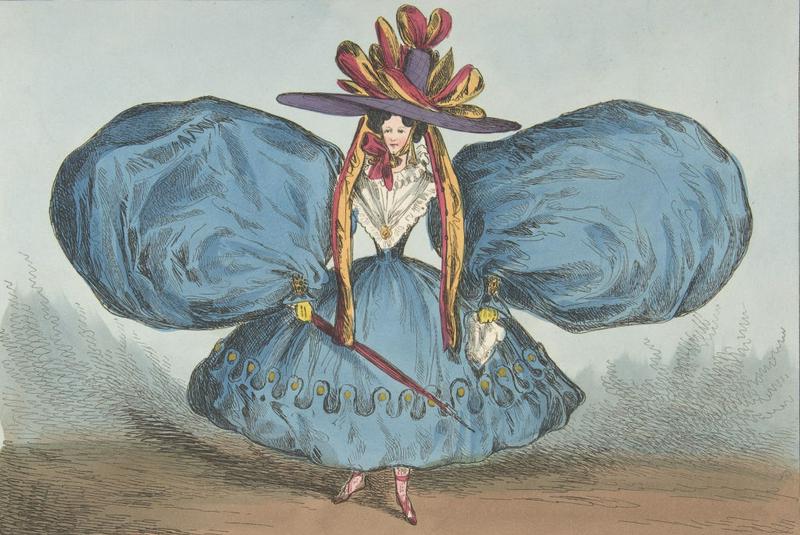History Of Corsets: How Corsets Became Popular And Were Then Rationed For WWI
By | January 19, 2021

Beauty standards are infinitely mutable across time and geography, but a particular shape emerged as the ideal female body in the Western world hundreds of years ago, to the point that you probably don't need to be told what it is. The problem for women who strive to achieve this ideal is that, by its very nature, it's not attainable by most. What they could do, they figured out, was squish and mold their bodies into the desired form with some combination of fabric, strips of metal, and/or animal bones. Hey, nobody ever said beauty was pretty.
Bad To The Bones
Archaeologists have identified garments resembling metal corsets in artwork as early as the Minoan culture of the Bronze Age. Fast forward to the 15th and 16th centuries, and it was customary for women in the Western world to wear cloth bodices stiffened with a paste solution that laced in the front or back to keep things from jiggling. Later innovations relied on wooden planks, metal rods, or animal bones to hold the garment's shape, but that was exactly as uncomfortable as it sounds, so eventually, someone got the bright idea to use whale bones. They actually weren't bones at all but a type of stiff cartilage known as baleen found in the mouths of the whale species of the same name. It might not sound any more pleasant, but whale bone corsets were so popular that demand for them drove the species to near extinction.
The whales weren't the only ones hurting. As corset fashions became more and more extreme, women began suffering a range of maladies from shortness of breath due to constriction of the diaphragm to skeletal deformation. The skeletal remains of die-hard corset wearers of the 18th and 19th centuries feature ribs reshaped into an "S" formation and unnaturally curved spines. Doctors of the day recognized the damage and wrote books and articles warning of the "health plague" that they compared to gambling, drinking, and smoking. They were about as successful as they would be today if they tried to warn women off mascara.

War And Waists
Upper-class women of the 18th century made corsets the most fashionable undergarment of the aristocracy. At that time, bustles were all the rage, and corsets were designed to hold the tummy flat and accentuate the more southerly portions of a woman's anatomy. After the turn of the century, fashion evolved to give the wearer a slim, boyish figure, usually accomplished with steel boning, since the whales had run out by then.
It all came to a screeching halt with World War I. Rationing policies were enforced against a variety of goods, including steel, effectively removing corsets from the fashion world overnight. The world's leading corset manufacturer, the Warner Brothers Corset Company (apparently of no relation to a certain wisecracking bunny), freed up enough steel to build two battleships.
By the time the war was over, the movers and shakers were heading into the roaring twenties, defined in women's fashion by free-flowing mini-dresses that gave the modern woman her first taste of comfort and freedom in centuries, and she wasn't about to give it up. If your average flapper wore any shapewear, it was merely a girdle, which is similar to a corset but worn much lower on the body for the purpose of slimming the hips. Up top, they wore the first simple cotton bras, which had come to prominence in the corset's vacuum—and made Warner Brothers a fortune.

The Death Of The Corset
Fashion designers of the late 1930s attempted a corset comeback, but they were thwarted again by a world war, and not just because of rations this time. World War II marked a shift in women's attire toward the practical as so many women left the home for the workforce. That doesn't mean they didn't still take pains to look good—many women in the '40s adopted the "sweater girl" look of movie stars like Lana Turner with the alarmingly and vividly named bullet bra—but the corset was done for in everyday fashion.
World War II nearly killed off the corset for good, but vestiges of the figure-flattering garment remain. Many bridal gowns and formal dresses today include built-in corsets with plastic bones, lingerie companies sell considerably toned down versions of the Victorian staple (ironic for those infamous prudes), and they've become quite popular among the cosplay crowd. Many a Ren Faire seamstress has built up quite a nest egg building custom corsets for the wannabe ladies of the court of the world.

